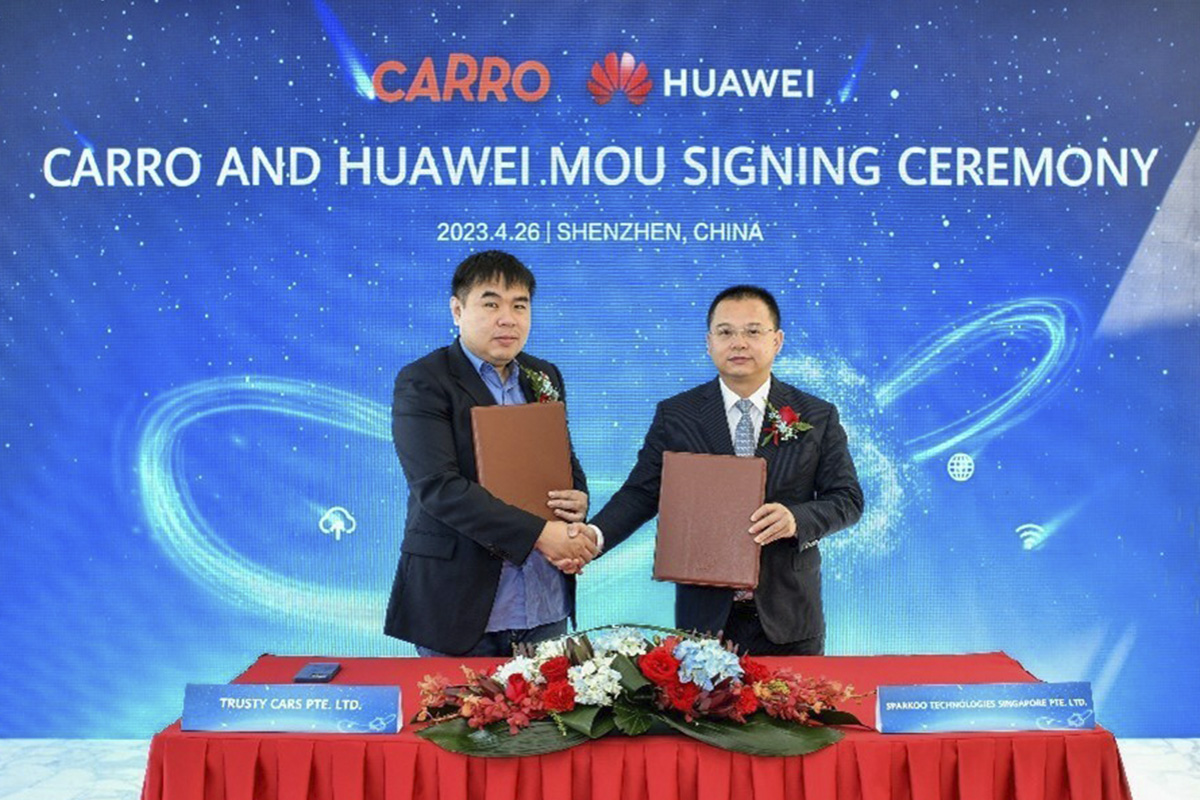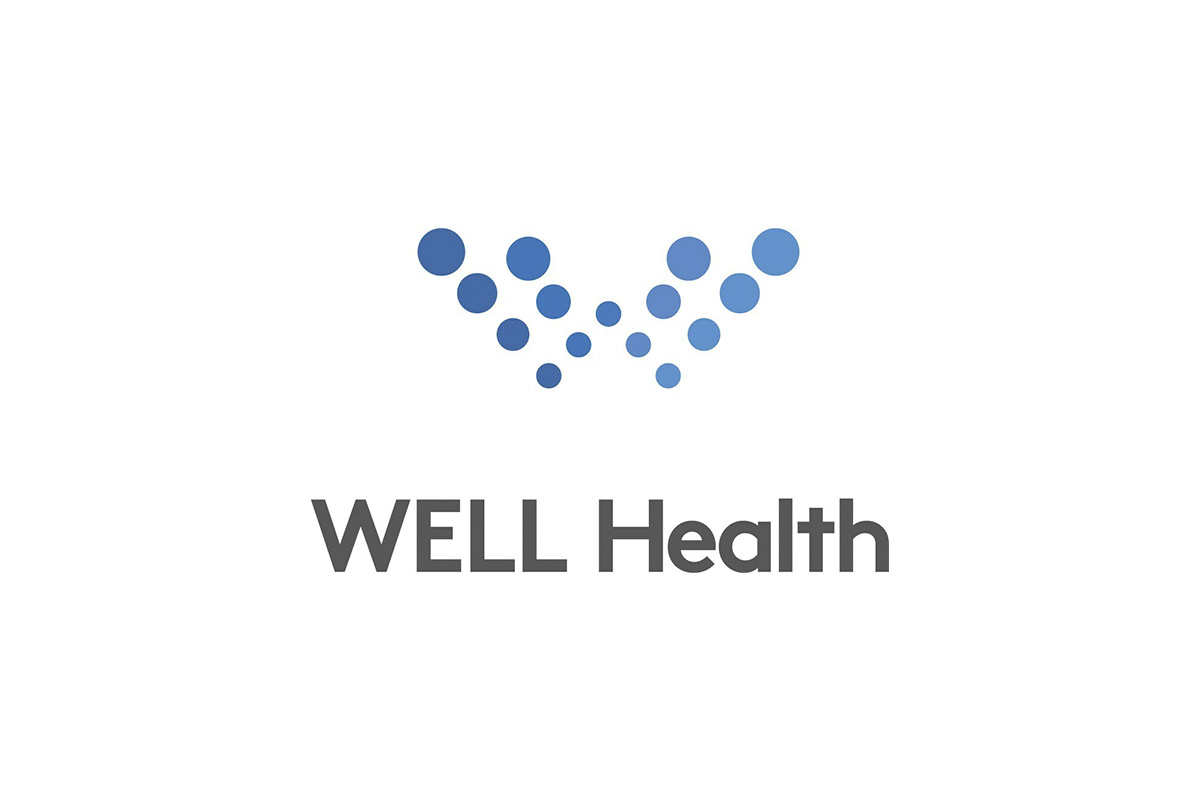Allied Market Research published a report, titled, “Coffee Capsules Market by Material (Aluminum, Compostable, PBT Plastic), by End User (Commercial, Residential), by Distribution Channel (Hypermarkets and Supermarkets, Specialty Stores, E-Commerce, Others): Global Opportunity Analysis and Industry Forecast, 2023-2032″. According to the report, the global coffee capsules industry generated $5.9 billion in 2022 and is anticipated to generate $11.9 billion by 2032, witnessing a CAGR of 7.6% from 2023 to 2032.
Request Sample Report: https://www.alliedmarketresearch.com/request-sample/33059
Prime determinants of growth
The global coffee capsules market is driven by factors such as surge in coffee consumption in the emerging nations and rise in growth of HoReCa industry. However, the availability of alternative products hampers the market growth. The demand for coffee makers is expected to increase at a rapid pace, owing to growth in the middle classes, urbanization, and rising incomes, which in turn, is expected to provide lucrative opportunities for the market growth.
Report coverage & details:
|
Report Coverage |
Details |
|
Forecast Period |
2023–2032 |
|
Base Year |
2022 |
|
Market Size in 2021 |
$5.9 billion |
|
Market Size in 2031 |
$11.9 billion |
|
CAGR |
7.6 % |
|
No. of Pages in Report |
300 |
|
Segments Covered |
Material, End User, Distribution Channel, and Region |
|
Drivers |
The surge in coffee consumption in the emerging nations Rise in growth of HoReCa industry |
|
Opportunities |
Decrease in demand for carbonated drinks |
|
Restraints |
Availability of alternatives The harmful effect of Coffee Capsules Packaging on the Environment |
Covid-19 Scenario
- The COVID-19 pandemic had a significant impact on the coffee capsules market. With lockdowns and social distancing measures in place, many people had been spending more time at home and turning to coffee capsules as a convenient and easy way to make coffee.
- One of the major impacts of the pandemic on the coffee capsules market had been an increase in demand for coffee. As more people have been working from home and avoiding cafes, they have been looking for convenient ways to make coffee at home.
- However, the pandemic had also caused supply chain disruptions and price fluctuations for raw materials. Many manufacturers of coffee capsules rely on imports of coffee beans from countries such as Brazil and Colombia, which had been affected by lockdowns and other restrictions.
The aluminum segment to maintain its leadership status throughout the forecast period
Based on material, the aluminum segment held the highest market share in 2022, accounting for more than two-fifths of the global coffee capsules market revenue, and is estimated to maintain its leadership status throughout the forecast period. The convenience and flexibility of aluminum coffee capsules have made them increasingly popular. However, the compostable segment is projected to manifest the highest CAGR of 10.0% from 2023 to 2032. Due to growing consumer interest in sustainable alternatives to conventional single-use coffee capsules, the market demand for compostable coffee capsules has been steadily rising in recent years.
Buy This Report (448 Pages PDF with Insights, Charts, Tables, and Figures) @ https://bit.ly/3LeZgDZ
The commercial segment to maintain its lead position throughout the forecast period
Based on end-user, the commercial segment held the highest market share in 2022, accounting for more than three-fifths of the global coffee capsules market revenue and is estimated to maintain its leadership status throughout the forecast period. This segment is also the fastest-growing segment and is projected to manifest the highest CAGR of 8.2% from 2023 to 2032. This is attributed to various benefits associated with coffee capsules in the commercial segment. For instance, coffee capsules are practical, simple to use, and offer constant quality and flavor, all of which are crucial in a commercial setting where clients or staff members need a good standard of coffee.
The e-commerce segment to witness fastest growth throughout the forecast period
Based on distribution channel, the other segment held the highest market share in 2022, accounting for around half of the global coffee capsules market revenue and is estimated to maintain its leadership status throughout the forecast period. However, the e-commerce segment is projected to manifest the highest CAGR of 9.7% from 2023 to 2032. Rigorous online marketing has increased the popularity of this distribution channel in recent years, complemented by vast options, availability of detailed information, discount & free home delivery offered by various e-commerce platforms.
Europe to maintain its dominance by 2032
The Europe region held the highest market share in 2022, accounting for nearly two-fifths of the global coffee capsules market revenue, and is estimated to maintain its leadership status throughout the forecast period. The coffee capsules market demand in Europe has been driven by a number of factors, including the trend towards home brewing and the increasing popularity of single-serve coffee. However, the Asia-Pacific region is projected to manifest the highest CAGR of 9.0% from 2023 to 2032. The demand for coffee capsules in the Asia-Pacific region is increasing, reflecting a broader trend towards convenience and on-the-go products, as well as a growing interest in premium and specialty coffee.
Enquire Before Buying: https://www.alliedmarketresearch.com/purchase-enquiry/33059
Leading Market Players: –
- Nestle S.A.
- Georg MENSHEN GmbH & Co. KG
- Coffee Nirvana
- Coffeeza
- Halo Coffee
- Starbucks Corporation
- Keurig Dr Pepper Inc.
- Inspire Brands, Inc.
- JDE Peets N.V.
- Aumeeka Ventures LLP
- illycaffe S.p.A.
- The Kraft Heinz Company
- The J. M. Smucker Company
- Lavazza Group
- Fresh Brew Co.
The report provides a detailed analysis of these key players in the global coffee capsules market. These players have adopted different strategies such as new product launches, business expansion, partnerships, mergers, and others to increase their market share and maintain dominant shares in different regions. The report is valuable in highlighting business performance, operating segments, product portfolio, and strategic moves of market players to showcase the competitive scenario.
Trending Reports in Food and Beverages Industry
Birch Water Market : Global Opportunity Analysis and Industry Forecast, 2021-2031
Bourbon Spirits Market : Global Opportunity Analysis and Industry Forecast, 2022-2031
Organic Tea Market : Global Opportunity Analysis and Industry Forecast, 2021-2031
Dairy Alternatives Market : Global Opportunity Analysis and Industry Forecast, 2022-2031











 . Food and beverage processing equipment plays a critical role in the food and beverage industry, ensuring that products are of high quality, safe, efficient, consistent, and preserved. The use of equipment helps to streamline the production process, reduce waste, and increase output, while also ensuring that the products meet strict quality and safety standards. The WWF EU reports that over 15% of food is lost during harvesting in farmland, and further spoilage occurs during transportation and storage. Processing food products is a crucial step in minimizing this waste and prolonging the shelf life of agricultural products. This has led to a surge in the demand for processed foods globally. Subsequently, the food and beverage processing equipment market is experiencing a significant expansion to meet this growing need. As the importance of food and beverage processing continues to evolve, the importance of food processing equipment will only continue to grow, enabling manufacturers to produce innovative and high-quality products that meet the changing demands of consumers.
. Food and beverage processing equipment plays a critical role in the food and beverage industry, ensuring that products are of high quality, safe, efficient, consistent, and preserved. The use of equipment helps to streamline the production process, reduce waste, and increase output, while also ensuring that the products meet strict quality and safety standards. The WWF EU reports that over 15% of food is lost during harvesting in farmland, and further spoilage occurs during transportation and storage. Processing food products is a crucial step in minimizing this waste and prolonging the shelf life of agricultural products. This has led to a surge in the demand for processed foods globally. Subsequently, the food and beverage processing equipment market is experiencing a significant expansion to meet this growing need. As the importance of food and beverage processing continues to evolve, the importance of food processing equipment will only continue to grow, enabling manufacturers to produce innovative and high-quality products that meet the changing demands of consumers.